
10 Go-To-Market (GTM) Strategy Examples and Templates
March 30, 2019
Table of Contents
- What is a go-to-market strategy?
- 5 Companies show you examples of their go-to-market strategies
- 5 go-to-market strategy templates
- In the age of AI, lead magnets matter more than ever
What is a go-to-market strategy?
Here's the Wikipedia definition: "Go-to-market or go-to-market strategy is the plan of an organization, utilizing their inside and outside resources (e.g. sales force and distributors), to deliver their unique value proposition to customers and achieve competitive advantage."
Here's Gartner's definition: "A go-to-market (GTM) strategy is a plan that details how an organization can engage with customers to convince them to buy their product or service and to gain a competitive advantage. A GTM strategy includes tactics related to pricing, sales and channels, the buying journey, new product or service launches, product rebranding or product introduction to a new market."
Here's my summary of half a dozen slightly different definitions: A go-to-market strategy (GTM) is the plan for targeting a customer pain point with the right sales and marketing process, so you can grow your business at the optimum pace. You can create a GTM strategy for a new business but also for a new feature, brand or location.
Here's HelloScreen's hard lesson learned: Building, marketing, and selling a product requires an end-to-end user experience and storyline that is compelling and urgent. When we didn't have it, we worked 10X as hard to get customers. HelloScreen is now for sales because it 'more than doubles conversions' for selling over the phone. Our go-to-market strategy aligns around that core of being for sales and proving that companies are leaving half their money on the table, every single day they don't use HelloScreen.
Why have a go-to-market strategy?
For large companies with existing products, their GTM strategies might focus on ensuring accurate communication and effective branding for new markets.
For those of us building a new business, an incorrect GTM strategy can mean years of slower growth because of incorrect pricing, marketing channels and sales processes.
While I had heard of the concept before, it was listening to this podcast that brought it firmly to my attention.
When a founder who has been building companies over decades says that he’d start with a GTM strategy before anything else, it’s time to get reading.
If you’re already confident you can build a product, you can focus on picking a big market and nailing the pain point, the brand, messaging, content, ads, emails and sales model needed to reach that market.
You can do this if you’re experienced.
Most first-time business founders are not.
Most of us build products and figure out the marketing afterwards or do some half-baked version of both and the more I learn the crazier that seems.
What are the major components of a go-to-market strategy?
Some answer "what is your go-to-market?" by talking about their marketing but go-to-market is a strategy that extends across the organization.
To get a feel for the major parts of a GTM strategy, I've summarised the GTM plan of a serial entrepreneur, Stefan Groschupf, taken from this great blog post.
Craft a value matrix and messaging around the pain point
This is a good way to understand what the pain point is and how to set up messaging to address the pain point.

Identify the buying personas involved in the journey
At HelloScreen we realized, by analyzing sign-ups, that the person who first signs up or enquires about the product is often a manager and not an end user as we imagined. Yeah, this was a surprise and quite obvious in hindsight.
Also, we found that the gatekeeper we needed to clear is often someone in charge of data security, so we created additional detailed documents explaining how we secure data. There are several people involved in the stages of making a purchase including:
- The initiator who first comes across your product.
- The user.
- The influencer.
- The decision maker.
- The buyer who approves the budget.
- The final approver.
- The gatekeeper, such as the IT dept in charge of data security of vendors.
Understanding these people and what each needs during the process helps create the right content and processes you'll need to make the sale.
Understand your buyer’s journey
In short, figure out your top of funnel, middle of funnel and bottom of funnel so you know what documents are needed at each stage.
- HelloScreen’s top of the funnel is the blog and integration listings which lead to the home page containing videos and testimonials to get attention.
- HelloScreen’s middle of the funnel is live chat and demos to answer key questions.
- HelloScreen’s bottom of the funnel is the trial, educational emails, one-to-one product walk-throughs and pricing quotes to get to a sale.
Choose a marketing strategy
This is where you figure out your inbound and outbound strategies.
For HelloScreen, it's primarily content.
We started with email and then realized we did not have the messaging and target market nailed so went to content until we knew more. You can see HelloScreen's (also known as Upscope) content marketing funnel statistics here.
Choose a sales strategy
You might use only one, or you might use a mix of self-service (where they enter credit card and buy), inside sales, heavy-duty field sales and/or a channel model.
At HelloScreen, we began as a self-service product and later incorporated inside sales because larger companies needed to build layers of trust in both us and the product, particularly if they operated in the health and finance sectors.
If you'd like to see the full post on the above points about building a GTM strategy, see Stefan's post.
How do I pick the right benefits, headline and messaging for my GTM?
Use the positioning process and the strategic sales narrative.
We've all spent months and sometimes even years arguing about which headline to use and what key benefits to show on our products for our target market. I wish someone had told me this years ago.
First figure out your positioning. Then figure out your strategic sales narrative based on that positioning.
Positioning
Positioning has now become a science and helps you realize which benefits are most important for your target market.
There’s an exact process for positioning built by April Dunford and it’s getting a lot of praise from the most experienced serial entrepreneurs out there. Read about it here.
Strategic sales narrative
Once you’ve got the positioning right then work on your sales narrative. Positioning is an input into the strategic sales narrative which, in short, is a compelling story that helps customers understand why they need your product.
Why do you need that sales narrative?
What if you’re targeting a customer’s pain point but the customer is just not feeling much pain? Most customers feel relatively pain-free. It needs to be explained to them with context and that’s what the sales narrative does.
The argument about positioning and narrative
There is an ongoing argument about which one comes first, positioning or narrative. My view, working in a company that has gone from the startup phase to growth and enterprise sales, is for new startups to do positioning first and play with the narrative second to flex their mind further around messaging.
Why?
You don’t know your market in the early days of a startup. You don’t know who the bad guy in your narrative will be. But, you might be able to skip to the narrative if you’re established and know your market.
Either way, read both April Dunford’s process on positioning and this link on strategic sales narrative and I believe you’ll know where you stand.
With that in mind, below are GTM strategies for 5 different companies.
1. Vuclip's go-to-market was based on "must-have" needs in emerging markets
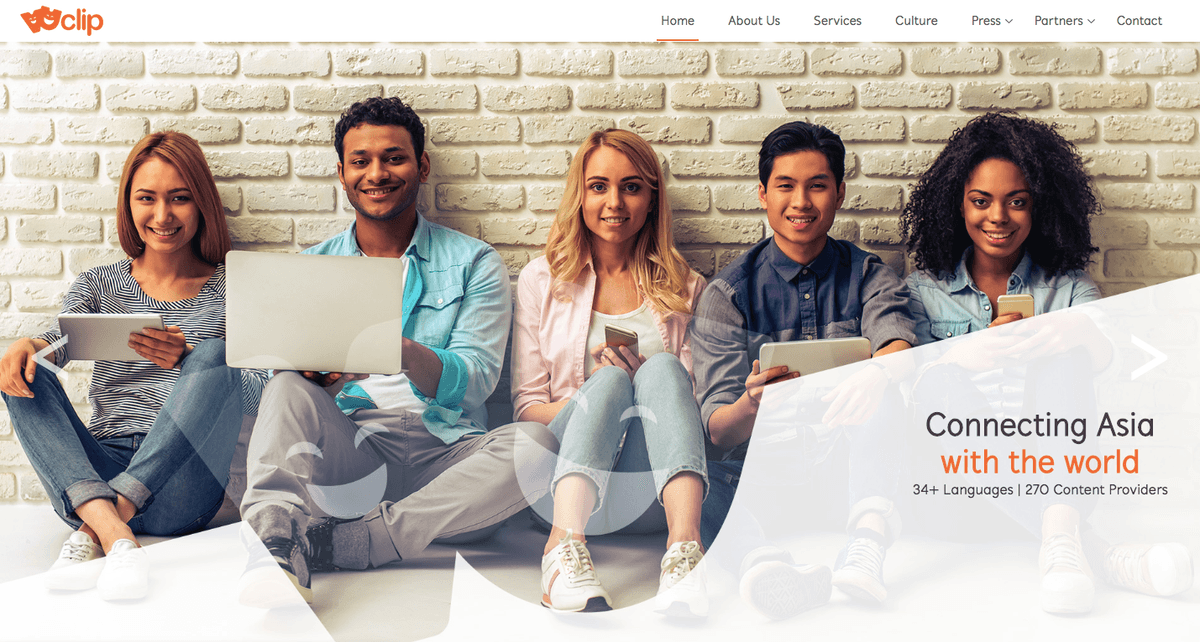
I was quite impressed with the Vuclip founder. Incredibly smart engineer type who seems to have figured out how to build multiple businesses and evolve his own strategy.
Key points
- The pain point is video buffering.
- Vuclip chose to build a brand for consumers rather than build for enterprise.
- They chose the "must-have" mobile streaming market in developing countries.
- Those companies whose GTM was based on selling to enterprise all failed.
What was the pain point they addressed?
According to Nickhil Jakatdar, CEO of Vuclip, their pain point was “In emerging markets, both networks and phones have limitations, making buffering a big problem.”
There were hundreds of sites like YouTube but networks were behind
“There are different networks — 2G, 3G and 4G — and there are phones of many types. Data plans are limited even in developed countries. In emerging markets, both networks and phones have limitations, making buffering a big problem. With nearly 100 hours of video uploaded on YouTube every minute and with hundreds of sites like YouTube mushrooming all over the world, the combination of fragmentation and volume made mobile video a daunting problem.”
They focused on “must-have” market and not "nice to have" market
“I decided to deploy the technology where it was a “must-have” rather than where it was a ‘nice-to-have.’ In the U.S., there are many ways to access video. In India, Indonesia, Africa or Latin America the only way the masses can access video is via mobile. So we focused our energies and resources on emerging markets.”
They went for building a consumer brand because others catch up too quickly in enterprise
“We decided to do the hard slog and build a brand. Others always catch up with technology and a price war lowers profitability.”
They went web-based rather than app-based as familiarity is an advantage
"We bet on a browser-based approach instead of an application-based approach. This go-to-market strategy was based on simplicity. Explaining to consumers in emerging markets about applications is simply too tedious. In retrospect, this sounds like a good idea. However, all the 18 or 19 companies that were funded in the space took the enterprise and application route. None of them exist today." Read the full article here.
2. At HelloScreen the early go-to-market strategy was built on riding the growing live chat wave
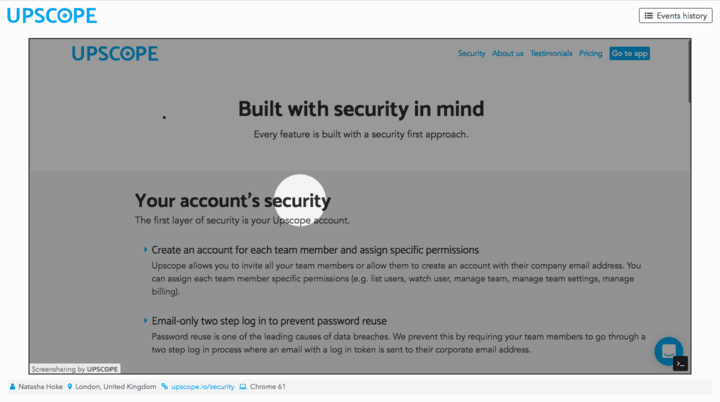
SaaS GTM strategies change as we learn more
HelloScreen is the next generation of screen sharing built for 'actually' doubling sales conversion rates, most often for 'over the phone sales'. Why? You can't screen share to someone's phone easily, and when you can't show customers your product, you make half the sales you should. Yeah, it turned out to be that dumb and obvious.
We first thought that HelloScreen was for taking a quick look at the user’s screen, when they had a customer support problem, to see the problem and fix it. While that’s still true, the heaviest users are sales teams who call clients on the phone.
There’s less of a market for a quick peek type technical support service and it’s used by many other teams outside of customer support.
With hindsight, this may seem obvious but the early days of SaaS are confusing. Doing regular customer job titles and usage analyses changed our roadmap and future GTM plans.
What's the pain point HelloScreen solves?
When a customer fills in an application form or quote on your website and your sales agent gives them a call, you can’t ask every one of them to set up a Zoom screen share, so you can show them your presentation.
When you can’t present to them, you end up communicating by talking and talking and it's hard to build trust, explain numbers, explain processes when you're just a stranger on the phone.
The solution is instant and interactive screen sharing, meaning you can send the customer a link and that instantly starts an interactive screen sharing session.
You go from talking at a customer, who is likely tuning out while wondering what their cat is doing, to keeping their eyes glued to your presentation as you scroll through it 'with' them.
It's obvious why it more than doubles conversions but it's sad that we here at HelloScreen took so long to see the obvious! We never imagined that 'screen sharing to a phone' would be the most important thing, when we were so glued to our desktops.
What personas are involved in the buying process for HelloScreen’s products?
- The first sign-up for larger companies was previously the CS, sales or support manager, now it's more often someone who is just focused on sales.
- The first sign-up for startups is often the founder or director.
- The IT department will be the gateway for clearing it for security.
- If they want a customized install then a developer will customize it, test it locally and then push it to production.
- The sales team will trial the software.
- Then if it’s a finance or health company they will have a security department clear the product.
What was our marketing plan?
Our target market evolved but the way we reach them is still roughly the same- via content and integrations. When HelloScreen was more focused on customer support, we saw live chat companies like Intercom, LiveChat, Zendesk, Drift and others growing and we wanted to ride a growing wave. Now that we're focused on sales, we're still doing content but it's also sales memes, sales videos, deep research pieces and a lot of focus on LinkedIn, as that is where sales people often are.
We created integrations with these tools, got listed on their app stores and created content so that if a user searches for ‘intercom pricing’ we’re there on the first page of Google. As those companies grow, the traffic to our content grows with them.
We also attracted SaaS founders by writing about our SaaS journey including onboarding emails, SaaS pricing, and other posts like the one you’re reading now. We’re now developing further marketing channels for CS, account management and enterprise support. This will include further integrations, ads, emails, and content.
What's the sales model and the buyer personas journey
The different people mentioned above need different types of content and material to convince them to continue to the next stage.

Attention At the top of the funnel we're getting the "attention" of the manager when they come to our landing page.
A team manager or c-suite exec reads our blog post or sees our integration listing and comes to the website.
At this point we get their attention using short videos, testimonials, a security page covering key customer data concerns, individual landing pages for each integration. In short, we try and tick all the main boxes for them to move to the next step.
Consideration In the middle "consideration" phase we're talking to managers, end users, developers, those in charge of data security and vetting.
They book a demo and/or ask questions on live chat.
The demo is often to the initial champion who signed up and a couple of others they invited. They might book follow-up demos involving other decision makers and ask a series of questions on live chat or via email to look for comparisons to our competitors.
It's useful to have documents on our enterprise features or on-premise solutions to pass on to their tech team. It's important to respond quickly.
Decision
At the bottom "decision" phase we're making sure the trial goes well, all docs are completed and we quote the right price.
They take up the trial. We complete security forms, price quotes, we give them an additional walk-through of the product for specific features and settings during the trial. HelloScreen has grown even though our initial GTM strategy was vague. When we started we only had a rough idea of the market, we were not specific about who needs it most and now that we can be specific, we can move faster.
HelloScreen has been through all the lessons learned and the conclusion so far is to have a compelling product that can clearly show value (in numbers) for a large and preferably growing market. It's so very good to say 'we actually double conversion rates' because that makes all the other things simpler. It was much harder to sell a support product when the value exists but you can't always quantify it.
3. Go-to-market at the billion dollar country level
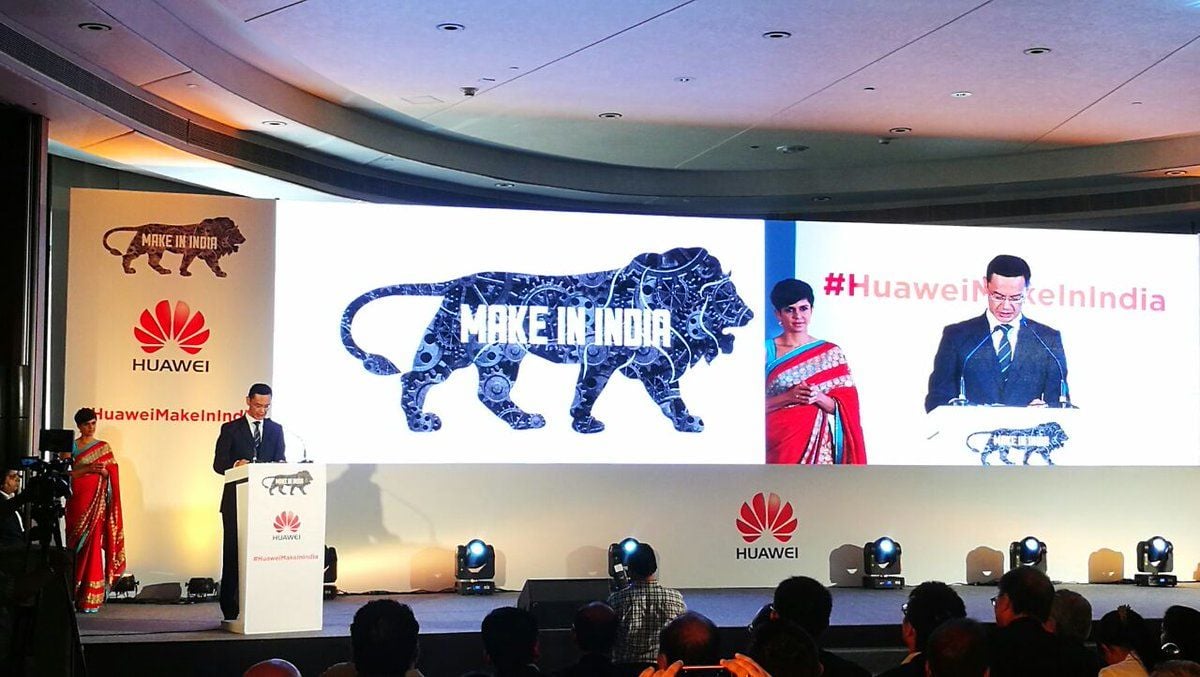
If you associate quality products with the likes of Apple and Samsung, what would a new Chinese company called Huawei do to win a market?
Here was the problem Huawei had in India
"The Indian telecom supplier market was heavily saturated and to make an impact, Huawei needed to separate itself from the rest and create a distinct identity as well as a reputation for reliability. Historically, Indians have viewed Chinese companies as hard to form relationships with and Chinese made products as subpar and inferior. In addition, China and India have relatively uneasy diplomatic relations."
Huawei first got a foothold by building local R&D centres
“Huawei began establishing its foothold in India by setting up R&D and service center facilities in India and hiring predominantly locals to show commitment to creating value for Indians rather than just extracting benefits. India is now Huawei’s second largest research center outside China.”
They positioned it as an aspirational product
“Huawei is now working on positioning its smartphones as aspirational products by working with local English Language channels to hold contests and beat the stereotype of a low quality Chinese product.”
Establishing trust and building relationships
“The lesson to learn is that establishing trust, building and sustaining relationships and showing continuing commitment to the new market can lead to a successful foothold and increased opportunities.” Read the full article on Huawei here.
4. A cornerstone of TaxJar's go-to-market was better content to help confused clients
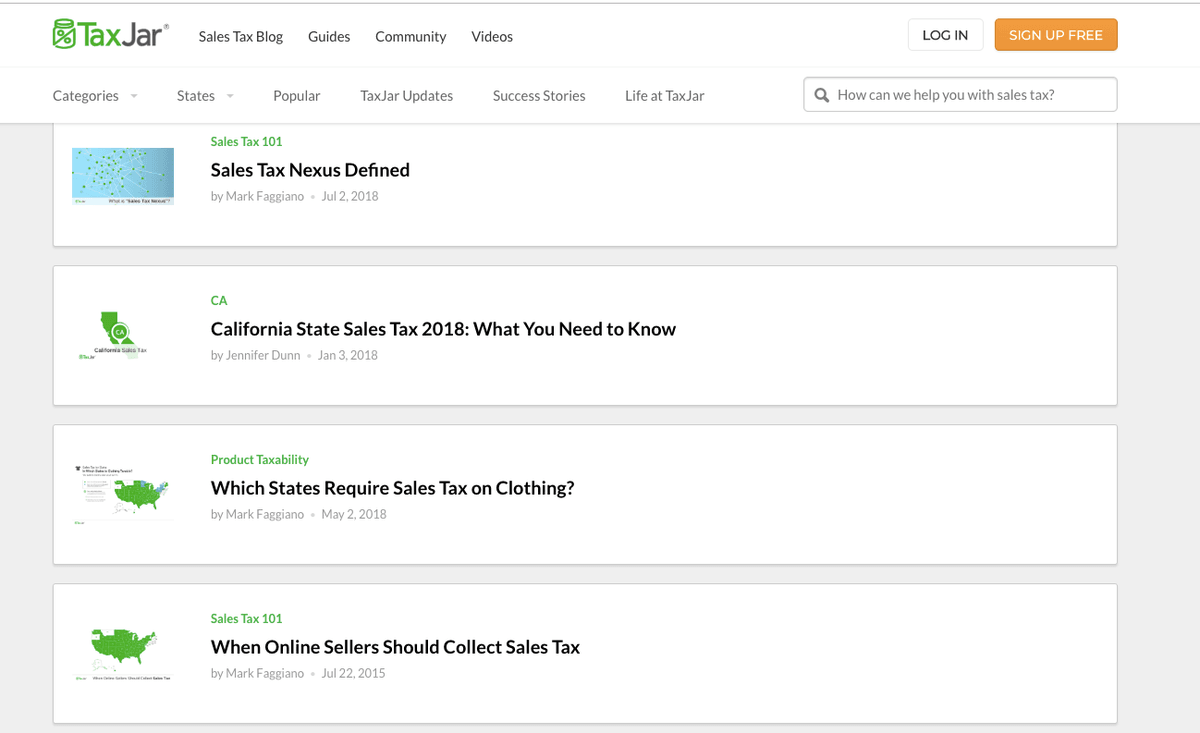
If you aim to be the number one educator of potential customers in a subject like SEO, then you’ll be up against people like Neil Patel and Brian Dean who rank at the top. However, if you’re looking to be number one in an industry like tax, you’ve got a lot of low-hanging fruit to take advantage of and that can be the cornerstone of a strategy.
They became a technology company first, a tax company second
"We looked at ourselves as a technology company, not so much as a tax company. That was a new approach to our space. We've let the customer be in the driver's seat for the way the product has been built."
Their marketing strategy was based on building trust by educating the customers on tax like few others had done
"Another opportunity for us was our ability to educate the world on sales tax. Before we existed, most of the content that was available was either hard to find or hard to understand. Therefore, we decided to build the best content we could to help people wrap their heads around sales tax, which feels like an insane problem that's changing all the time. As a result, we were able to build trust and customers began to try the product because they trusted and understood what we're saying. This also helped us succeed through word of mouth, which has been a tremendous lever for growth."
Read more about TaxJar's planning.
5. EightSleep developed a go-to-market for a specific new feature
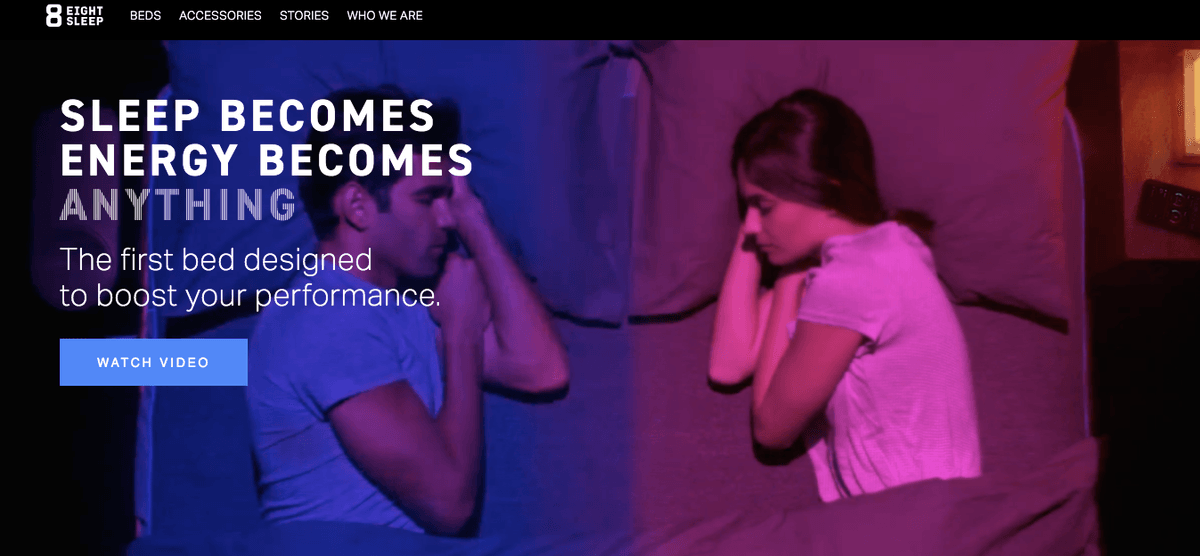
This is useful if you're launching a new integration with a partner. This is different from the other go-to-market studies we've mentioned in this post but I figured it's great for single feature launches.
Eight did an integration of their sleep hardware/software with IFTTT (an app for integrating and automating different applications using 'if-then' logic).
Pre-launch
"We did so with an announcement email to our entire user base and highlighted some of the connections we’d already created, to help them realize the possibilities. We also created a dedicated landing page on our website to highlight, explain, and link back to IFTTT and our connections."
Post-launch
"We promoted videos on Facebook and Instagram that showcased different use cases, such as automatically starting your coffee machine when you wake up. These videos were really helpful in explaining the value of the integration, and to this day we use them in our customer prospecting efforts."
Co-marketing
"We also worked closely with the IFTTT team on marketing efforts. We were included in their GIFTTT Guide for 2016, which drove an incremental 15,000 visitors to our service page and connections. More recently, we were included in the February IFTTT newsletter. It brought us a spike in traffic and doubled our sales for a period of 4 days.”
Key advice
"Focus on use cases — you need to be descriptive and explain exactly how your users will benefit from this integration. Some may be aware of IFTTT, but many may not be, so it’s an opportunity to educate."
Read the full case study here.
Powerpoint slideshares and templates of go-to-market strategies
6. Fitbit GTM template for their premium product

This includes the value proposition, strategic overview, brand and audience strategy, GTM costs, expected campaign ROI, CAC by channel.
See FitBit’s full GTM Strategy here.
7. Cisco's GTM communication plan for a learning game

Cisco had a GTM communication plan for a learning game to put users in the shoes of a telecoms company leader.
The slideshare includes the strategy, tactics, assets, phases and social media strategy. See the full go-to-market communication plan slideshare here.
8. Symyx GTM strategy includes the ROI and benchmarks
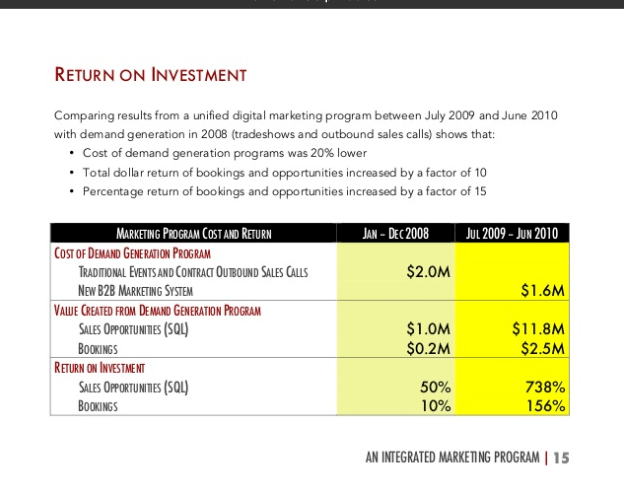
This slideshare shows how Symyx ran a GTM strategy that grew revenue and bookings and along with the before and after numbers.
It includes notes on their print advertising, media relations and establishing themselves as a thought leader, brand equity metrics and sales enablement. See the slideshare on Symyx's numbers and strategy.
9. Go-to-market best practices for startups by a16z
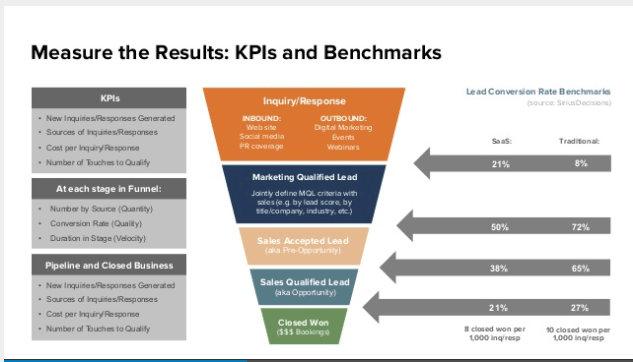
I added this slideshare as it's by a16z and contains a lot of images that might be useful structures for that wonderful presentation you're planning ;)
See Go-to-Market Best Practices for Startups.
10. Slideshare on product-led GTM strategy
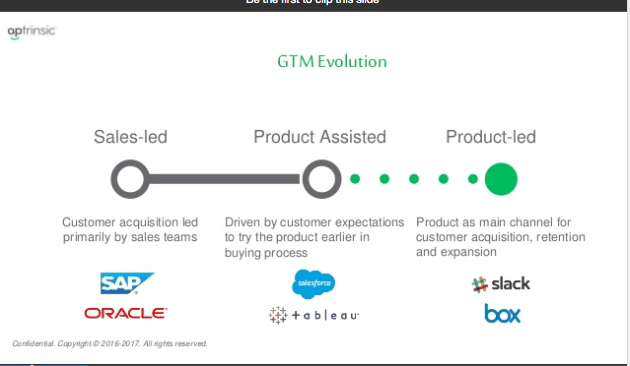
This is an interesting addition simply because the cost of acquiring customers is greatly reduced if the product does the work rather than a sales rep.
This slideshare quotes that 65% of B2B buyers prefer not to deal with a sales rep.
I went through this slide with interest but one thing came to mind. There's a reason companies like Intercom also assumed they could do without sales people and then came round to hiring them. The product should do as much of the work as possible but good sales people are not in a zero-sum game with product, they're a boost and, on enterprise deals, companies expect to talk to sales people.
See the slideshare on a product led GTM strategy.
What to read next?
Gated Content Get familiar with gated content, as AI is coming for the rest
Eye opener: Creating a Sales Narrative that Compels People to Buy
Essential read: Positioning is a Company Building Superpower
About the Author
Pardeep Kullar
Pardeep overlooks growth at Upscope and loves writing about SaaS companies, customer success and customer experience.